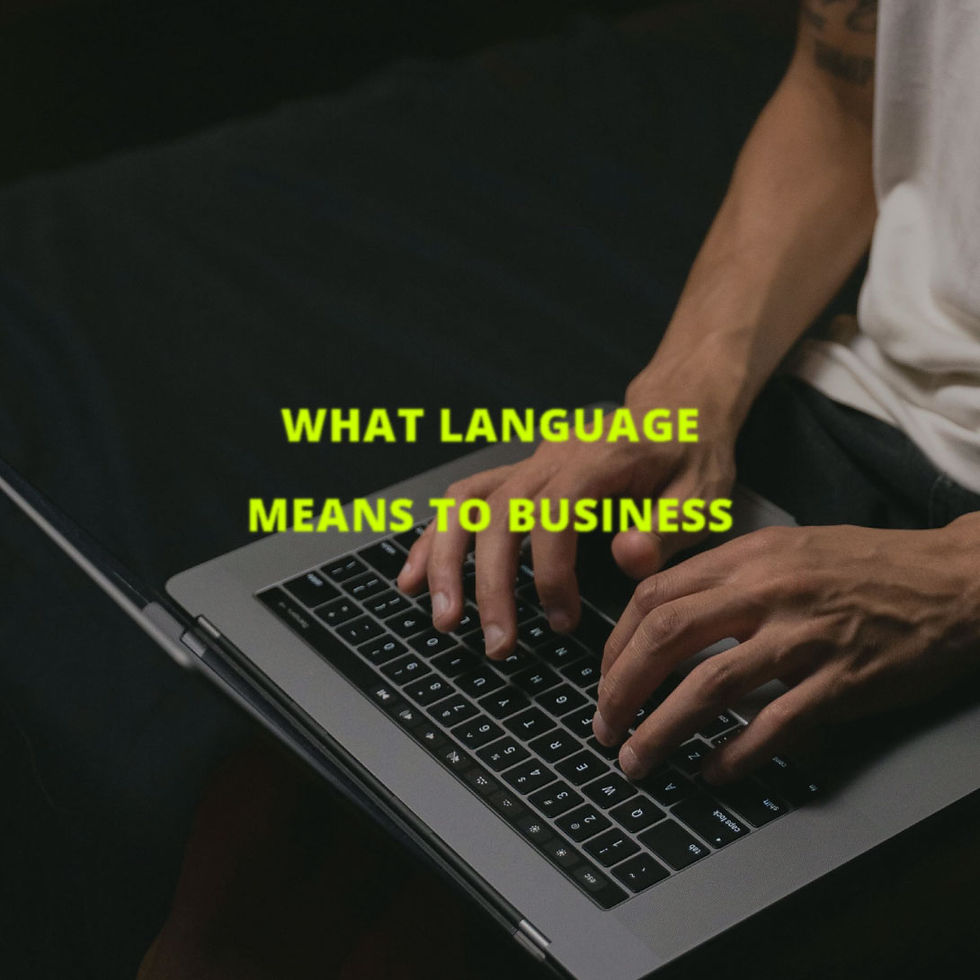- 3 min read
The first slide was a question; my entire seminar revolved around it. I looked up at their faces and watched them start to think. I wanted to see if these young, would-be designers knew the answer. They thought about it for a while…
If your client’s business were a person, who would it be?

When a business tells a story, it adopts a particular narrative. They (the business) act, speak, and portray the world from their perspective; this is their persona and way of doing things. The attributes of that persona, combined with the story facts, make a framework that tells me a lot about a business; from there, we where to start.

From the audience’s perspective, knowing who’s telling the story contextualizes the meaning. It legitimizes the story. When you look at posts on social media or read an article, do you ever consider who’s posting the story? When you search, does the platform matter to you? Do you check to see who the author of the article is?

Take, for example, these two memes (above and below), one has been used to sell fonts, the other to convey and share a feeling amongst like-minded people. Memes are inherently polyvocal—meaning the storyteller could shift depending on how the meme is consumed, shared, or repurposed.

I would say, that memes operate more like a co-authored story, where the creator and audience collectively shape its significance. In this case, the PangramPangram meme (the former) was made to promote a business. PangramPangram designs and sells fonts. A pangram is a sentence with all the letters in the alphabet. Font designers use pangrams to display samples of what all letters look like.
Now you know.

I found this picture online one day (as you do); it immediately caught my interest. It’s from a 1960s book called Shindai: The Art of Japanese Bed-Fighting.
What beautiful photography; is this true? I wondered, so I went down the rabbit hole.
With a curious enough audience, narratives can thrive on ambiguity and absurdity. The lack of explicit context can lead to inspiration, entertainment, and even thought-provoking at times.
“But what happens if they don’t like the story?” Someone asked during the seminar.
Take, for example, satire stories; they are more engaging, but they require an understanding between the storyteller and the audience. When two people understand each other, there is room for ambiguity and absurdity.

For better or for worse, the story may get attention, but it doesn’t necessarily always lead to understanding; or guarantee fidelity. If the audience doesn’t get it, the story is ignored. Or it gets labelled as a lie, disinformation, and more of the Internet’s flimflam.
From my experience, who the storyteller is, shapes the outcome of a story. Regardless of the size or reach, a reputation influences the meaningfulness of the story.

A new teacher asked me for advice after the seminar. They had a good industry reputation, and plenty of knowledge to share, but the students weren’t taking her recommendations.
“In the beginning, I think that’s to be expected; it’s difficult to take advice from someone you don’t know or understand yet,” I suggested.
Being good at something doesn’t necessarily make it a good lesson. In the same way, having a good business story doesn’t guarantee a sale.
Food for thought…
This story was based on questions and insights uncovered at our last story design workshop. Get in touch to find out more about our workshops or with questions.

